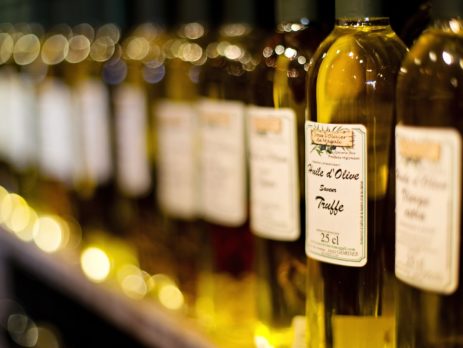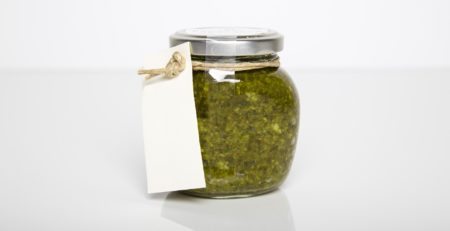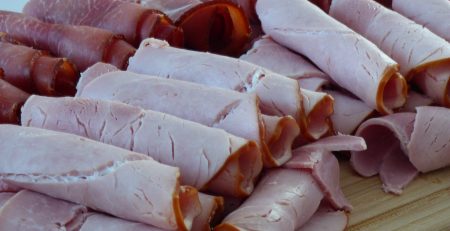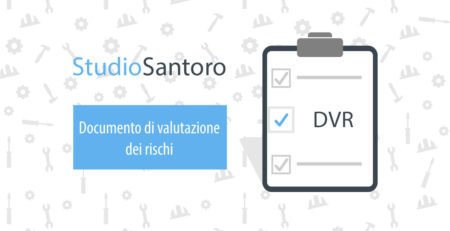USA export: food labeling
Food labelling in the USA is regulated by the FDA (CFR 21.101). The standard establishes a totally different type of labelling from that valid in the EU for the positioning of information and for its relative importance. Sometimes for marketing and communication needs companies tend to include in the labels of food products to be exported to the United States, statements, photos or drawings that have regulatory implications with what is required by the FDA and that must be taken into account when defining labels.
To understand the topic some important definitions:
- Principal Display Panel (PDP): is the part of the packaging that will most likely be exposed to the consumer at the time of purchase
- Information Panel: corresponds to the part of the packaging immediately to the right of the Principal Display Panel
- Intervening Material: are all the indications on the label that are not expressly required by the FDA
The PDP shall contain at least two of the mandatory information: the name of the product and the net quantity.
The declaration of identity is the name of the food and must appear on the front label, or PDP. Use a clearly visible script and must be bold. There are also precise indications of the size of the characters (a concept that is certainly more familiar to us). Compared to the minimum dimensions for Europe (1.2 mm), in the U.S.A. most of the information must be reported with a minimum size of 1.6 mm, with an increase of 25%, which could cause more than a few problems for someone with a label with little space available.
The characters must be at least half the size of the largest inscription on the PDP (e.g. if the company mark is shown with 10 mm high characters, then the product name must be written with at least 5 mm high characters). The name of the food shall also be parallel to the basis of the packaging, bear a name established by law, common or descriptive and shall not be misleading in any way. The fancy name given by the producer shall not be considered as the name of the food and shall not be prominent in relation to it. However, if the nature of the product is obvious, only the fancy name (e.g. Nutella) can also be used. The name must be accompanied by the physical state in which the food is found (e.g. sauce, juice, etc.).
The net quantity must be presented with characters whose size varies according to the size of the same PDP. It must be expressed both in metric units and in American units (ounces, pounds, gallons, etc.) and reported in the lower 1/3 of the PDP, taking care that its legibility is not obscured by other information (indications, images, etc.).
The general requirements to indicate provenance are the name and address of the manufacturer, packer or distributor. If the name is not of the manufacturer, add “manufactured for” or “distributed by”. Indicate the address with road, city, country, C.A.P, indicate the country of origin in clear characters, near the address. Foreign languages may be used, but all mandatory information must appear in all languages used.
As with the European label, ingredients should be indicated in descending order of weight. Water is considered an ingredient and should always be indicated, unless it is removed in the production process. The ingredients present in “traces” are not expected, if they were to be present by mistake in the product, may still not be declared with the exception of sulphites, which must be declared above 10 ppm. Flavourings and spices can be listed individually under the common name, or identified only under the category (Natural or Artificial Flavor), while products that are themselves spice mixes must necessarily report the individual ingredients.
The indication of the allergens contained takes place at the end with the word “contains” followed by the list (Wheat; Crustaceans and products thereof; Eggs and products thereof; Fish and products thereof; Peanuts and products thereof; Soya and products thereof; Milk and products thereof; Nuts)in characters no smaller than those of the ingredients. To manage the allergen hazard, the Food Safety Plan is implemented the Allergen Preventive Control. The first step is the risk analysis of allergens for each production line starting with the so-called ingredient Allergen identification (identification of allergens in each of the raw materials used). The second step is to verify the possibility of contamination during the different processing phases. The allergen risk analysis should then be carried out for each of the processing steps. It is also provided the compilation of an Allergen Label Check Log (to verify the correctness of the labels, as regards the declaration of allergens) and the so-called Allergen Run Order Record (for the correctness of the application of production planning).
If you would like to request a consultation, the Studio Santoro team will be able to guide you in choosing the most suitable service for your needs.











